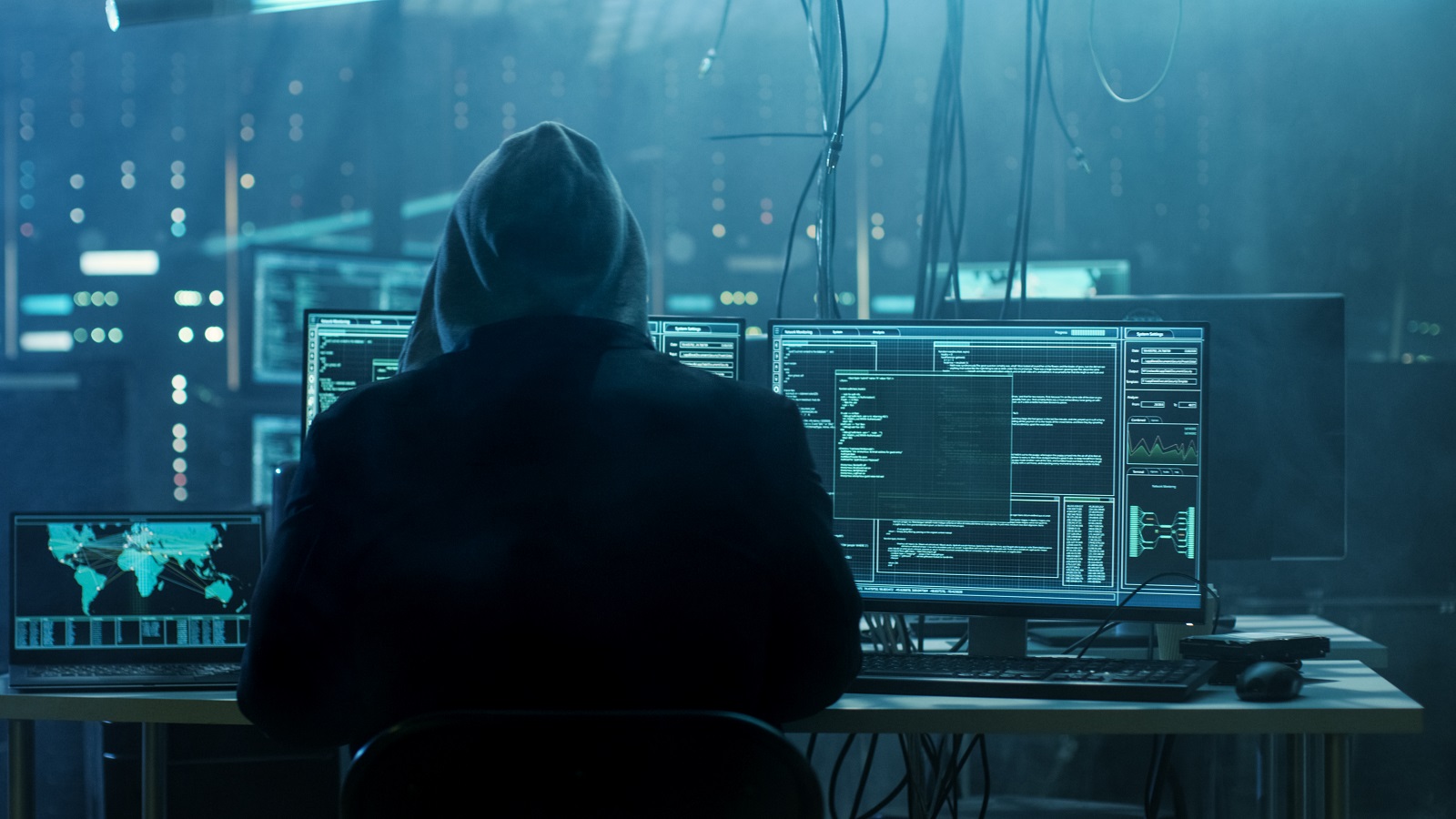If there’s one risk we all need to minimize, it’s the risk to our cybersecurity. Managing security risks in the real world comes as second nature to most of us — we don’t leave our front door unlocked or our car keys in the ignition. Managing our cybersecurity, on the other hand, isn’t so instinctive. Nearly two-thirds of people reuse the same two or three passwords across all their online accounts, according to one study. That means a hacker who manages to access your Facebook account could also break into your Amazon account, work email, smartphone, Google Maps history, bank accounts, and more — and once your personal data has been stolen, it can be extremely hard to wrest back control of your online identity.
The CBE is trying to reduce cybersecurity risks in the banking sector. The Central Bank of Egypt (CBE) earlier this year launched a dedicated cybersecurity center to identify and thwart cyberattacks and buff up banks’ defenses in light of a global rise in phishing and other kinds of online information fraud.
The only surefire way to prevent being hacked is to never use the internet. But unless you plan on spending the rest of your life in a cave, here are some top tips to keep ahead of cybercriminals.
#1- It’s past time to retire “password123”: The first step to better cybersecurity is sorting your password hygiene. Switch to longer and more secure “passphrases” rather than one-word passwords. Use two-factor authentication — linking your phone number to your account, for example — wherever possible. And please, we implore you — use entirely different passwords for each account, not just variants of the same password. Once hackers have a password for one of your accounts, they will attempt it on every other account they can find.
#2- Never click on random links: Be wary of all attachments and links that slide into your inbox. Hover your mouse over them to see where they lead before clicking to make sure it’s not a malicious website trying to track your location or steal private information. These kinds of phishing scams are one of the simplest and most common methods that hackers use to steal passwords, according to Cisco’s 2021 Threat Report.. And remember — your bank, telecoms company, healthcare provider, and any good client or business partner shouldn’t ask you to share sensitive information by email or over the phone.
#3- Don't use public Wi-Fi to access sensitive information. Many people still use public networks to check their bank balance or make online purchases without being aware of the dangers. Hackers can set up bogus networks, intercept communications between your device and the network, or deploy malware to spy on your activity while surfing from a public hotspot. If you’re out and about and want to browse more securely, it’s best to jump on a private (and password-encrypted) hotspot from your mobile device.
#4- Use a credit card for your online purchases, not a debit card. You’re better off getting your credit card details stolen than losing control over your debit card information. Credit card fraud is not good — but at least your main checking account isn’t compromised and any false charges are easier to dispute. Even for legitimate purchases, a credit card will offer better consumer safeguards in case your package never shows up or isn’t quite what you had in mind.
#5- Cover your social media privacy basics: Check your privacy settings, and log out every now and then to see your profile as it appears to strangers. Never accept a friend request from someone you haven’t met IRL — and try not to announce your exact location to the world. Enable login notifications so you can find out if someone other than you logs into your social media accounts. And if you log onto apps through Facebook, check what permissions the app is granted in your settings. You may be unwittingly allowing your data to be sent to third parties.
#6- Update, update update: Make sure you’re using the most recent versions of your apps and software, as companies continually identify and repair security bugs.





